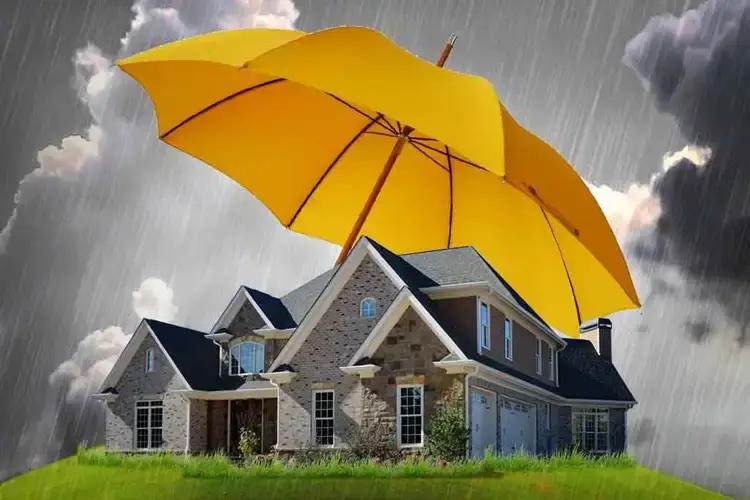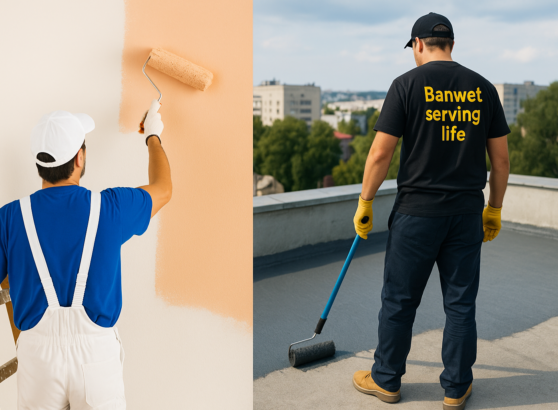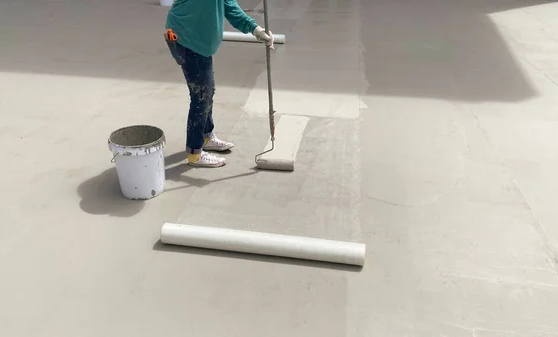Water is the essence of life, but when it comes to the structures we live and work in, unwanted water infiltration can spell disaster. We should understand the critical nature of keeping water where it belongs – outside our buildings. This article delves into the common causes of waterproofing failures and how innovative solutions can preserve the integrity of your constructions.
The Silent Culprit Behind Structural Deterioration
Waterproofing failures are a silent yet pervasive issue affecting countless buildings worldwide. These failures do not just result in aesthetic damage but can compromise the structural integrity of buildings, leading to significant financial losses and safety hazards. The causes of these issues are multifaceted, ranging from the selection of materials to the execution of waterproofing techniques.
1. Poor Quality Materials: The Foundation of Failure
The cornerstone of any successful waterproofing strategy lies in the quality of materials used. Unfortunately, the market is flooded with subpar waterproofing products that promise much but deliver little. These materials can degrade rapidly, losing their waterproofing properties and leaving structures vulnerable to water damage.
2. Flawed Application Techniques: When Good Products Fail
Even the best waterproofing materials can fail if not applied correctly. Inadequate surface preparation, incorrect application methods, and failure to follow manufacturer instructions can all lead to waterproofing failures. It’s not just about having the right tools; it’s about using them properly.
3. Environmental Stress: Nature’s Test
Buildings are exposed to a variety of environmental stresses that can test the limits of any waterproofing system. From extreme temperature fluctuations to relentless rain and humidity, these conditions can exacerbate existing vulnerabilities or reveal new ones. A successful waterproofing system must be resilient enough to withstand these challenges.
The Solution: Waterproofing Excellence
Waterproofing should not be an afterthought but a fundamental aspect of building design and construction. The approach to combating waterproofing failures includes:
- Selection of High-Quality Materials: Source only the best waterproofing materials, proven to withstand the rigors of time and environmental exposure.
- Expert Application: Use the best application techniques, ensuring that every project meets it’s needs particularly considering the structural properties, the exterior properties and the style of construction.
- Adaptation to Environmental Conditions: Waterproofing solutions should be tailored to the specific environmental challenges of each project, ensuring long-lasting protection.
- Ongoing Support and Maintenance: Waterproofing is not a one-time task but an ongoing commitment which requires support and maintenance services to ensure structures remain dry and secure.
Conclusion
Understanding the causes of waterproofing failures is the first step towards protecting our structures from “rolling down tears.” We should ensure to have innovative, reliable waterproofing solutions that stand the test of time. Whether you’re constructing a new building or retrofitting an existing one, waterproofing is a necessity.
#banwet #construction #waterproofing #homerepair #leakages #house #happiness #cracks #cement #bitumen #membrane #engineer #kerala #contactor #polyurethene






